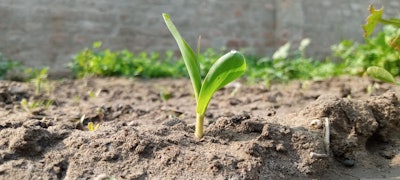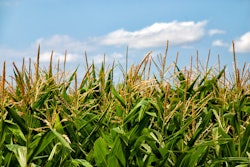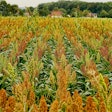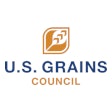
Joe Janzen from University of Illinois, dove deep into the USDA's National Agricultural Statistics Service Prospective Plantings report on March 29 in the latest farmdoc daily. The report revealed that U.S. farmers are expected to plant 6.3 million fewer acres of crops in 2024 compared to the previous year. Corn and soybean acreage are projected to be one million acres less than the February estimates from USDA’s Agricultural Outlook Forum, aligning with analysts' predictions for soybeans. Corn futures prices rose following the report, indicating a positive market reaction.
Despite the optimism for corn prices, there is speculation that the 'lost' acres noted in the March report might reappear in future USDA data, potentially affecting prices. Historically, USDA often revises planted acreage from its initial March estimates, but increases are generally smaller than decreases. The decline in March report acreage is significant for understanding U.S. corn and soybean production in 2024, providing some support for prices, albeit limited.
Report Highlights:
- The report estimates 313.3 million acres of principal crops for 2024, down from 319.6 million in 2023.
- Corn and soybean acres are expected to be more balanced compared to 2023, with 90.0 million acres for corn and 86.5 million for soybeans.
- Key factors influencing the decline in crop acres include concerns about crop profitability, drought conditions in the Southern Great Plains, increased Conservation Reserve Program enrollments, and land losses to non-agricultural uses.
- The report suggests adequate U.S. corn and soybean supplies for the 2024/25 marketing year, with ending stocks expected to rise for both crops.
Historical Context and Future Expectations:
- Examination of past acreage changes post-March report reveals that negative changes are typically larger than increases.
- The largest average increase in acreage from past data is about 0.5%, equating to 1.6 million acres, considerably less than the 6 million 'lost' acres in 2024.
- The lower acreage estimates support current prices but are not expected to trigger a major rally in crop prices.
- Market attention will focus on planting and production updates leading to the Acreage report at the end of June, particularly the distribution of crop acres.


















